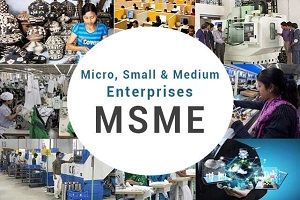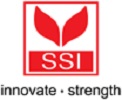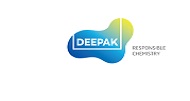Get a Project Report
Profitable Business Ideas for Startups
A successful market economy requires a thriving small and medium-sized business sector. Over 99 per cent of all businesses in the world are small and medium-sized enterprises (SMEs).
This page discusses businesses having investments ranging between 25- 40 Lakhs (Plant and Machinery), which are considered in micro-enterprises.
The names and abbreviations vary by country, just as the requirements for the categories do. The EU, the United Nations (UN), and the World Trade Organization (WTO) all use the term SME, whereas small-to-mid-size businesses are more commonly used in the United States. They are known as MSMEs in Kenya and MSMEDs in India. MSMEs means for micro, small, and medium-sized enterprises, and MSMEDs stands for micro, small, and medium enterprise development.
A strong middle class is empowered and grown by an SME sector, which may then act as a constituency for democratic reform and good economic governance.
Smaller businesses are more adaptable and quick to change than larger corporations. Small business growth, according to the European Bank for Reconstruction and Development (EBRD), is vital to economic development.
SMEs account for a considerable percentage of all enterprises in practically every country. Over 90% of SMEs in most developing and developed economies increase employment rates. They create stable jobs, raise incomes, connect to regional and global markets, lift people out of poverty, and often increase access to critical goods and services for underserved communities.
Entrepreneurs establishing such businesses are critical to any economy because they have the ability and initiative to anticipate requirements and bring good new ideas to market.
In reality, when large corporations shrink and eliminate jobs, SMEs continue to grow and create new jobs. An SME and the economy have a mutually beneficial connection. Economic growth ensures the formation of additional SMEs.
Small and medium-sized firms (SMEs) are important in all countries, not only rising ones. Small and mid-size businesses (SMEs) created 77 per cent of new jobs in Canada between 2002 and 2012, about the same ratio as in most rising economies. The same is true in the United States, where small enterprises created 64% of net new jobs between 1993 and 2011.
Businesses having annual revenue of up to Rs 40 lakh are GST free, according to the Ministry of Finance [Government of India]. This limit was initially set at Rs 20 lakh.
Bricks From Fly Ash, Pasteurised Milk Packaging, caffeine from tea waste, activated carbon from coconut shell, Pan Masala, Meetha, Sada, Jarda (Gutka), Detergent cake, Dishwashing Powder, dry coconut powder, Cattle Breeding & Dairy Farming to Produce Milk, etc. are the businesses which can be started with the investment of 25 – 40 Lakhs.
To be successful in today’s world, entrepreneurs must be adaptable and have excellent planning and organisational skills.
It will assist them in completing tasks and managing their to-do list. Keeping track of daily tasks using a to-do list is a good way to keep organised. Consistency is critical when it comes to making money in business.
NPCS have put together a list of the manufacturing business ideas that can be started with an investment of 25 – 40 Lakhs and yield big profits. The list is of the most successful businesses to start that can be launched on this budget.
NPCS have prepared thorough project reports and books for these businesses that include all details needed to build a profitable business with an investment of 25 – 40 Lakhs. Each project report covers every part of the business, from market analysis to confirm the availability of numerous essentials such as equipment and machinery, raw materials, and financial projections. The report’s scope includes evaluating market potential, negotiating with collaborators, making investment decisions, and planning corporate diversification in a very planned manner.
Many engineers, project consultants, and industrial consulting businesses in India and throughout the world utilise our project reports as one of their sources of information when doing their analyses.






















